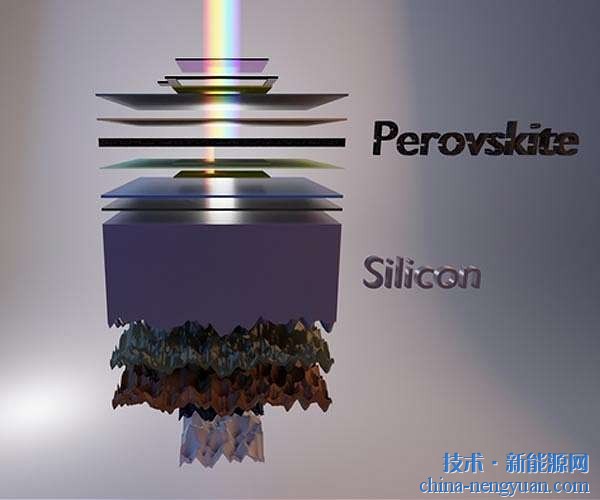 |
Tohoku University announced on October 12, 2016 that it cooperated with the University of Tokyo to produce an electric double layer transistor using three-dimensional nanoporous graphene. Graphene is a two-dimensional sheet composed of a single layer of carbon atoms and has excellent transistor performance, but it needs to stack several thousand sheets to a practical level. This time through the use of porous three-dimensional graphene transistors, the capacitance up to 1000 times the two-dimensional graphene transistors.
In order to make maximum use of the surface area of ​​three-dimensional nanoporous graphene, the researchers fabricated nanoporous graphene dried by supercritical CO2 as a premise without destroying the nanoporous structure as a conduction path (channel) and effect (gate) of the transistor. Polar) electrode. Then, the sample was completely flooded with a liquid (ionic liquid) composed of a stable cation and anion at room temperature, and an electric double layer in which the electric field concentration of the channel was changed by applying an electric field between the working electrode and the channel was fabricated. Transistors.
From the behavior of three-dimensional nanoporous graphene transistors, researchers have observed the characteristics of field-effect transistors using Dirac electrons, that is, the phenomenon of extremely small conductivity and inversion of conduction carriers from electron type to hole type. This shows that the characteristics of the two-dimensional graphene sheet are well preserved. The detected electrostatic capacity is very high, about 100 to 1000 times that of a planar structural element using a two-dimensional graphene sheet. This shows that highly integrated graphene sheets can be used as a whole to control the electronic state.
Moreover, by combining the characteristics of the three-dimensional nano-porous structure for theoretical derivation, the researchers found that the magnetoresistance effect and Hall resistance measured at different electron concentration states are represented by one curve. This means that "conduction electrons enclosed in a curved surface have many different directions for the direction of the applied magnetic field", which is a unique behavior of three-dimensional nanoporous graphene. It shows that the electron mobility of the transistor developed this time is much higher than the required performance, ie, 200 cm 2 /Vs, reaching 5000 to 7500 cm 2 /Vs.
This study confirms that the use of three-dimensional nanoporous graphene transistors can control the electron density of highly integrated large-area two-dimensional atomic layers through the use of nano-porous structures through electric fields. In the future, the use of graphene and molybdenum disulfide, the use of atomic layer light-receiving elements, and the practical application of highly integrated three-dimensional circuits are expected to make progress. At the same time, new materials are expected to emerge in the field of "three-dimensional nanoporous structures" using graphene and other atomic layer materials.
This study was conducted by the Japan Society for Science and Technology (JST) Strategic Innovation Research Promotion Business, CREST “Energy-efficient interface scienceâ€, the new academic field of the Ministry of Education, Culture, Sports, Science and Technology of Japan, and the world’s top class in Japan. International Research Center Program (WPI) support. The research results have been published on the online version of the October 11th, 2016 issue of the German scientific journal Advanced Materials. (Special Contributor: Kudosuke)
Hex Bolts,Hex Head Flange Bolt,Stainless Steel Hex Bolt,Hexagon Hex Bolt
Taizhou Fengye Metal Products Co., Ltd. , https://www.fyhandware.com